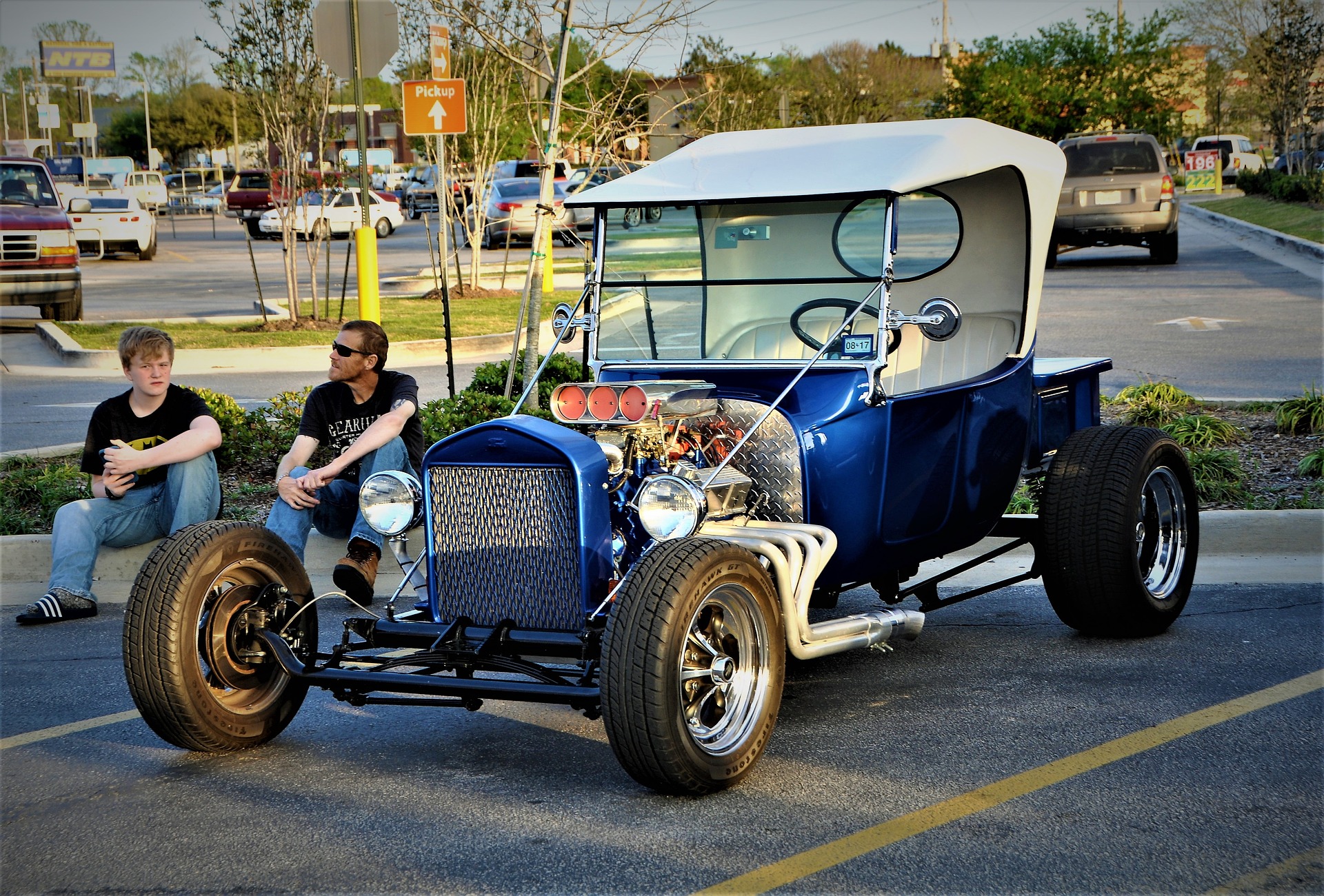The Rebirth of Rotary Engines: A Modern Twist on a Classic Technology
The world of automotive engineering is filled with surprises, and the revived interest in rotary engines is one such twist. Once dismissed as a relic of the past, this unconventional engine design is now making a comeback, promising a unique blend of power, efficiency, and compact size. But what sparked this renewed interest, and what lies ahead for these intriguing machines? Let's dive in.

A Journey Back in Time: The Birth of Rotary Engines
The story of rotary engines began in the early 1900s with the invention of the Wankel engine, named after its creator, Felix Wankel. Unlike traditional piston engines, the Wankel engine uses a triangular rotor that spins around an eccentric shaft, converting pressure into rotating motion. This unique design allows for smoother operation and a higher power-to-weight ratio, making it a preferred choice for sports cars like the iconic Mazda RX-7 and RX-8.
The Fall and Rise: The Challenges and Promises of Rotary Engines
Despite their early popularity, rotary engines faced significant challenges, leading to their near-extinction from the automotive scene. High fuel consumption, oil leakage, and limited longevity were among the key obstacles. However, in recent years, there’s been a resurgence in interest, driven largely by advances in material science and combustion technology. These improvements offer the promise of overcoming the traditional drawbacks of rotary engines, leading to more efficient and reliable designs.
The Rotary Revolution: Current Advances and Future Prospects
Today, many companies are exploring the potential of rotary engines, with Mazda leading the charge. In 2020, the company announced plans to reintroduce a rotary engine as part of a hybrid system in its MX-30 electric vehicle. This new wave of rotary engines is expected to be more fuel-efficient, quieter, and more compact, making them ideal for a range of applications beyond sports cars.
Practical Applications: Where Do Rotary Engines Fit In?
Rotary engines have a wide range of potential applications. Their compact design and high power output make them perfect for use in sports cars, while their smooth operation could be beneficial in luxury cars. Furthermore, their potential integration into hybrid systems could open up new possibilities in the realm of green transportation.
Impact and Implications: The Potential of Rotary Engines
The resurgence of rotary engines could have far-reaching implications for the automotive industry. If these engines can deliver on their promises of improved efficiency and reliability, they could revolutionize the way we design cars. However, there are still many challenges to overcome, and the future of rotary engines will depend on the industry’s ability to address these issues effectively.
In conclusion, the world of automotive engineering is never static, and the rebirth of rotary engines is a testament to this. While the path ahead is filled with challenges, the potential rewards are enticing. As we look to the future, the humble rotary engine could once again become a staple of automotive design.




